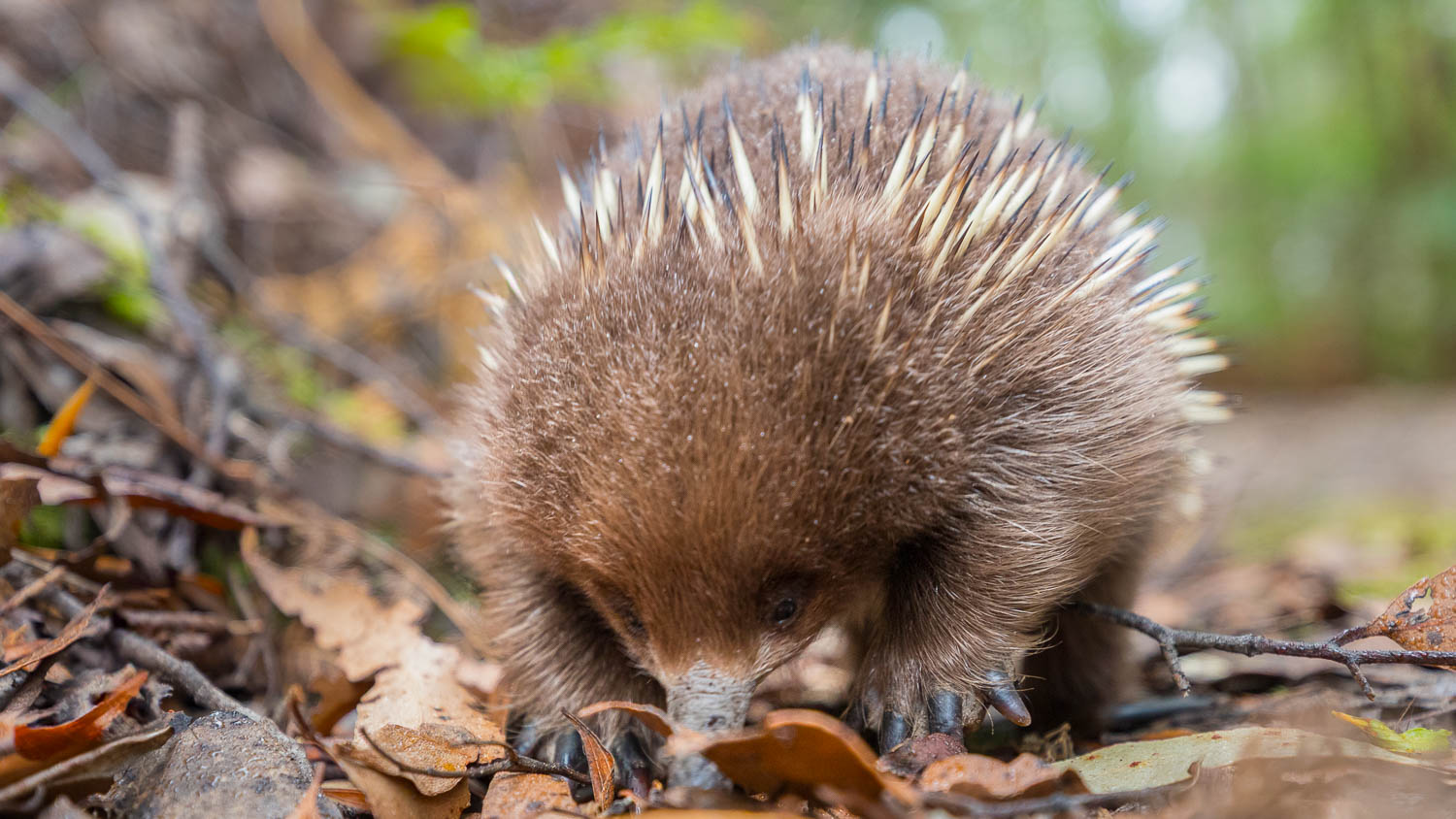Unusual Mammals of Australia: Platypus, Echidnas & Native Rodents

🦔 Unusual Mammals of Australia: Platypus, Echidnas & Rodents
Australia is home to some of the most unusual mammals on Earth — from egg-laying platypus and echidnas to native water rats and hopping mice. These rare and remarkable animals are evolutionary outliers, found nowhere else in the world.
Whether you’re a wildlife lover, nature photographer, or curious traveller, this guide helps you discover where to see these animals in the wild and in ethical sanctuaries.
🔗 Jump to Top Mammal Encounters »
🔗 Explore All Australian Marsupials »
🔗 Discover More in Australian Mammals
🥚 Egg-Laying Wonders: Meet the Monotremes
Among Australia’s most iconic animals are its two monotremes: the platypus and echidna — mammals that lay eggs instead of giving birth to live young.
-
Platypus: With a duck-like bill, webbed feet, and electroreception, this shy aquatic mammal is best seen at dawn or dusk near freshwater streams.
-
Short-beaked Echidna: A spiny ant-eater with a long tongue, commonly seen foraging in bushland or even crossing country roads.
🥚 Where to See Platypus in Australia: Wild & Captive Encounters
🥚 Where to See Echidnas in Australia: Wild & Captive Encounters
🐁 Often Overlooked: Australia’s Native Rodents & Rakali
Beyond marsupials and monotremes, Australia is home to native placental mammals — a group that includes:
-
🦇 Microbats: Insect-eating pollinators essential to ecosystems
-
🐀 Native Rodents: From desert-dwelling hopping mice to rainforest bush rats
-
🐾 Rakali (Water Rat): A semi-aquatic native predator often mistaken for a pest
These species evolved in Australia long before introduced mammals like foxes and rabbits arrived — and they play a critical role in ecosystem balance.
🐾 Where to See Rakali (Australian Water Rat): Wild & Captive Encounters
🦇 Where to See Microbats in Australia: Wild & Captive Encounters
🌿 Why These Mammals Matter
Before diving into how native species differ from introduced ones, it’s important to understand their unique role in Australia’s ecosystems.
Monotremes like the platypus and echidna offer a glimpse into early mammal evolution, with rare features like electroreception and egg-laying.
Native rodents and bats are unsung heroes — vital for pollination, seed dispersal, and insect control. By protecting them, we help safeguard entire ecosystems and preserve Australia’s biological heritage.
🕵️♀️ Native vs Introduced Mammals: What’s the Difference?
Not all mammals found in Australia are native — and knowing the difference helps protect biodiversity.
➕ Keep Exploring Australia’s Wildlife
🦘 Australian Marsupials: Where to See Kangaroos, Koalas, Wombats & More »
🐾 Top Mammal Encounters in Australia »
🧬 Australian Mammals Overview »
Subscribe for Travel Ideas & Itineraries
Plan your next trip with fresh ideas, straight to your inbox.



